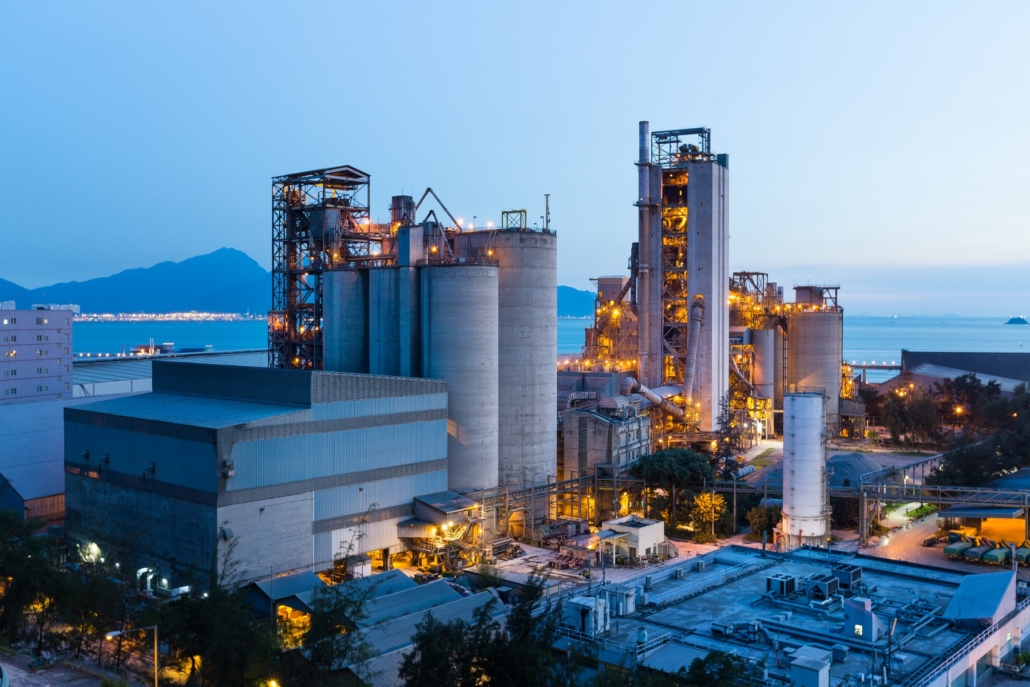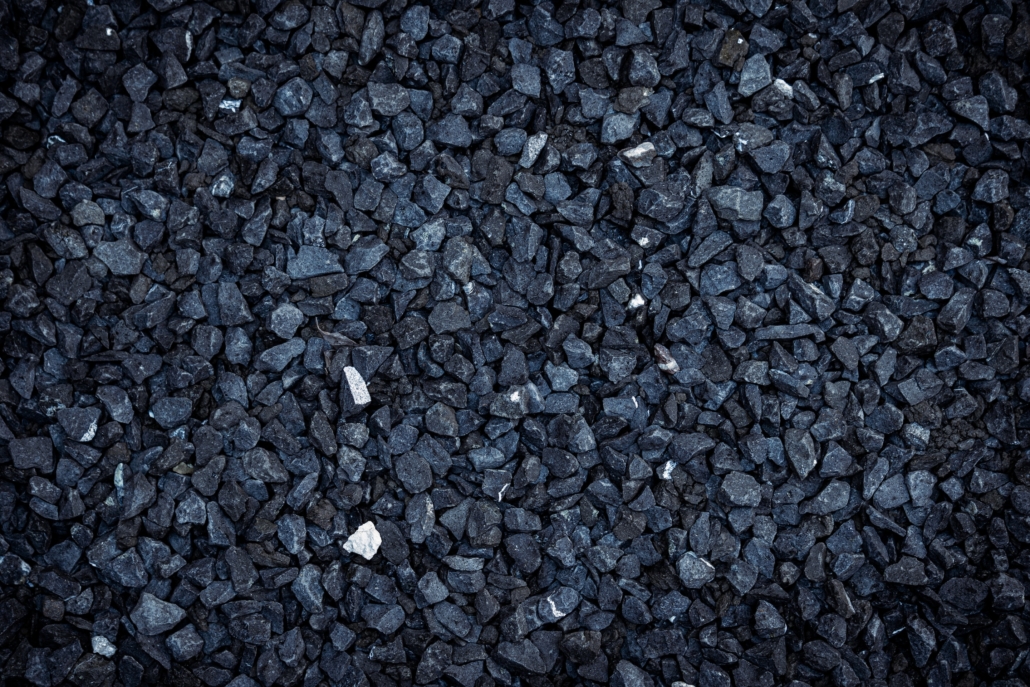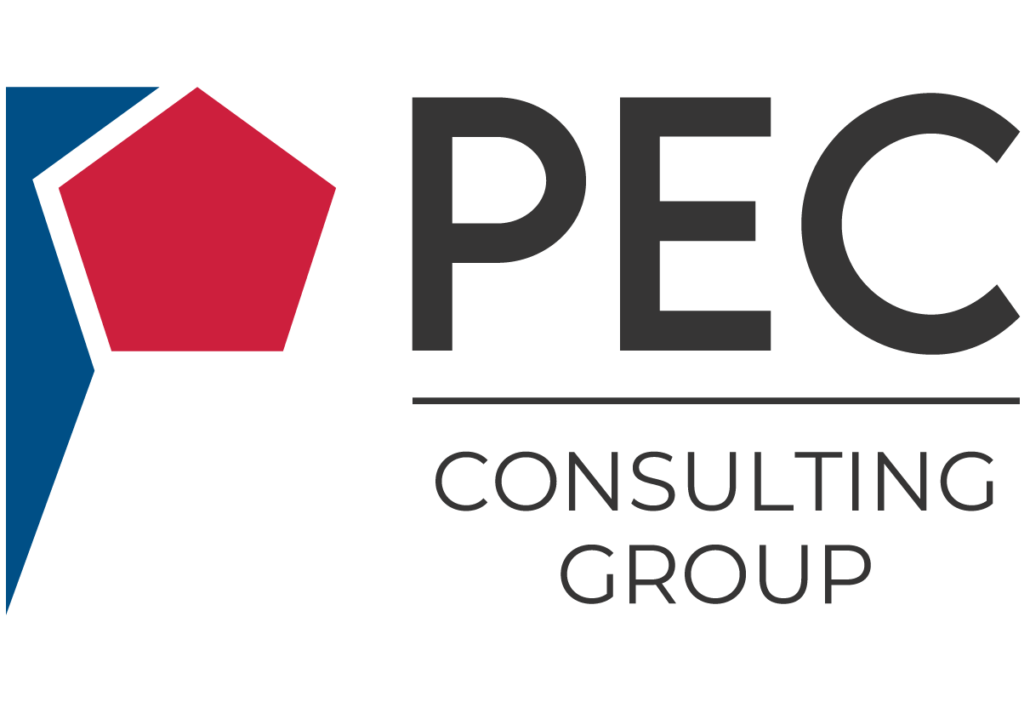Environmental Consulting
In its work for conceptualizing and developing the upfront engineering for new projects, the process of obtaining the environmental permitting is a key consideration for determining the feasibility of a project.
Any project that includes a pyro-processing element requires special attention to determining the required environmental controls. On most projects, PEC Consulting works hand-in-hand with a specialized environmental consulting firm in the preparation of the permit application and throughout the permitting process.
Industries requiring calcining or sintering, such as lime, cement, refractories, clay calcining, synthetic pozzolans, and the production of other supplementary cementitious materials (SCMs), will be subjected to air permit regulations for combustion off-gases.
PEC Consulting provides process support and environmental control know-how for pollutants such as:
- Nitrous Oxides (NOX).
- Sulfur Dioxides (SO2).
- Particulates (PM, PM10, PM2.5).
- Carbon Monoxide (CO).
- Volatile Organic Compounds (VOC, THC).
- Hydrochloric Acid (HCl).
- Ammonia Slip (NH3).
- Heavy Metals (Hg, Pb).
PEC Consulting is familiar with the implementation of BACT control technologies such as:
- Fabric Filters (Dust Collectors).
- Ceramic Filters.
- Cyclones.
- Dust Suppression Systems.
- Selective Non-Catalytic Reduction (SNCR).
- Selective Catalytic Reduction (SCR).
- Regenerative Thermal Oxidizers (RTO).
- After Burners.
- Dry Sorbent Injection Systems (DSI).
- Scrubbers (semi-dry and wet).
Flue Gas Dispersion Modeling
Projects that require meeting new Source Performance Standards (NSPS), and projects triggering prevention of significant deterioration (PSD) require for the environmental consultant to develop air dispersion modeling. PEC Consulting provides the environmental consultant with the concentration of pollutants at the emission points, as well as other process data:
- Process Diagram.
- Gas flows for various operating conditions.
- Gas temperature.
- Exit gas velocities.
- Topographic information.
- Stack heights.
- Any other required process data.
Related Articles

Controlling Mercury in Cement Manufacture
The manufacture of cement may emit mercury into the atmosphere if mercury is present in the raw materials or the fuel. To reduce emissions, the United States Environmental Protection Agency (EPA) established the National Emissions Standards for Hazardous Air Pollution or (NESHAP) with the first mercury emission limit set in 2006 at 41µg/dscm at 7% oxygen. However, since 2015, the annual mercury emissions for existing cement facilities are set to 55 lb/million t of clinker (8 – 13 μg/Nm3) and 21 lb per million tons of clinker (3 – 5 μg/Nm3) for new kilns; resulting approximately in 92% reduction in mercury.

Systems to Control Nitrogen Oxides (NOx) in Coal Fired Power Plants
Commonly referred to as NOx, Nitrogen oxides are one of the primary pollutants emitted by high temperature combustion systems such as pulverized coal (PC) fired boilers. Due to its role in both acid rain and ozone formation, NOx is a regulated pollutant under the EPA’s Clean Air Act. The options to reduce NOx emissions include source reduction and post combustion treatment of the flue gas. To control NOx at source, fuel and air distribution, otherwise referred to as staging, are modified to reduce flame temperatures. This is typically achieved by using low NOx burners.
Explore more of our articles and research on industrial minerals and other topics of interest.
